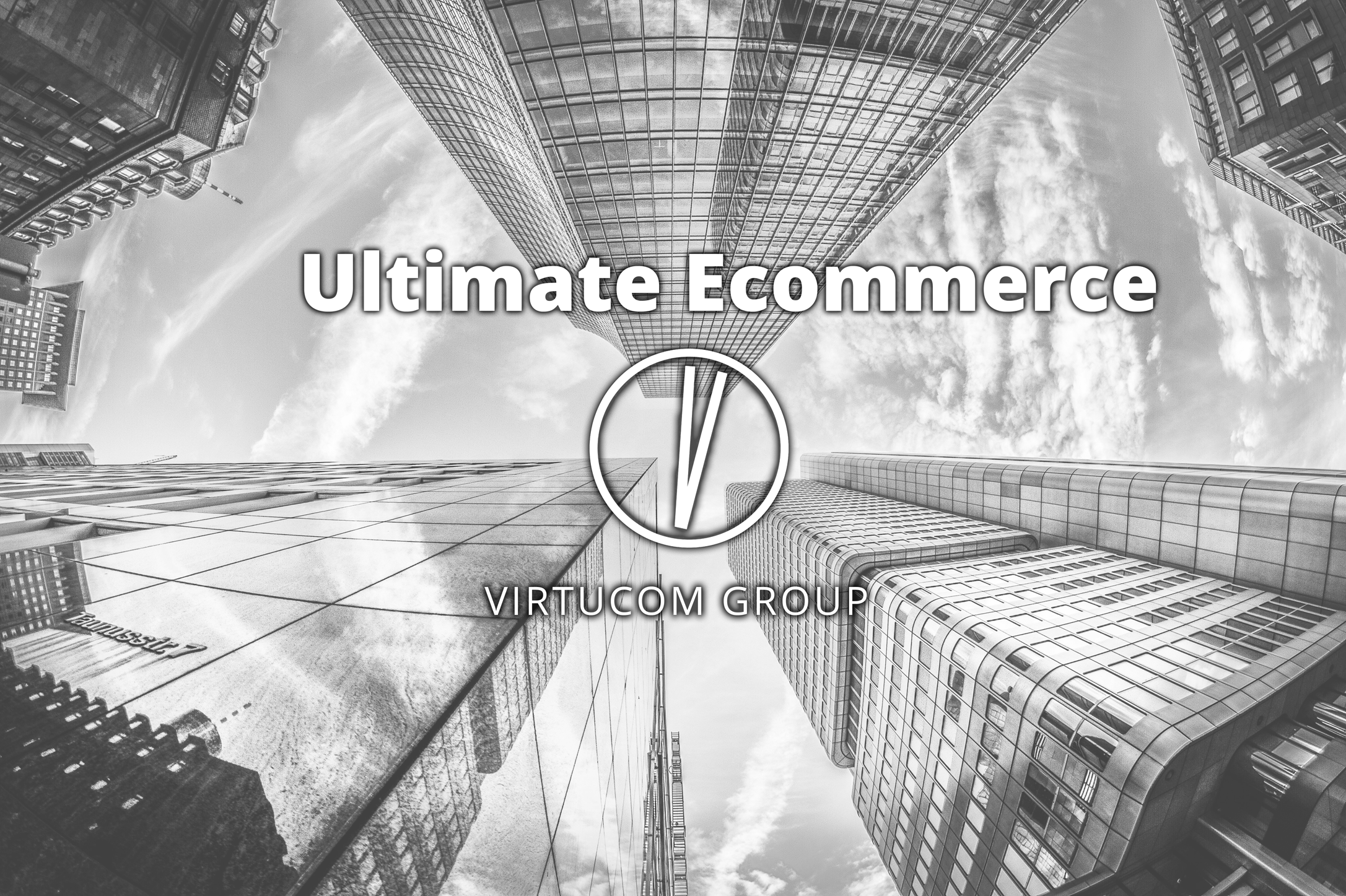In the first weeks of a retail job during college, my manager asked me to fill out feature-and-benefit sheets for many products in the store. I walked through the store, locating different products and writing down the various features and benefits that would make them desirable to customers. The purpose of this exercise was to help new sales associates get familiar with the specifics of items for sale. It was a beneficial task – I soon found I was able to speak knowledgeably to customers and answer questions about which products would suit their needs.
How can online shopping replicate this experience? One of our recent blog posts discusses how the retail apocalypse is leading online retailers to recreate the feel of knowledgeable in-person sales associates through the online shopping experience in order to remain competitive. Online retail sites that wish to be successful in light of this challenge need to embrace a robust product description page (PDP) model that includes:
- Thorough product attributes
- Effective product names
- Strong digital assets
- Unique product descriptions
In today’s blog post, we’re highlighting the importance of product feature-and-benefit statements as part of that model in your e-commerce content strategy.
Product features and benefits are typically sentence fragment statements that appear on the product page underneath or near the product description. These statements serve as a kind of intermediary between the longer product description and the easily referenced product attribute list. Feature-and-benefit statements help customers identify how products meet their needs and fit into their lives, while also giving basic information about what the product is/does.
Let’s dive into some differences between features and benefits, and explore how this aspect of the PDP sways customers’ purchase decisions and offers consumers the best online shopping experience possible.
What is the value of product feature statements?
At their most basic level, product features give consumers straightforward and sometimes technical information, such as material, quantity, dimensions and other product-specific qualities. This type of information might sound similar to the product attribute listing mentioned above.
However, what sets feature statements apart from attributes is that the feature bullet section typically only covers the most relevant and important product characteristics, whereas an attribute listing should be comprehensive. It's the difference between a quick-start setup sheet and a user manual: the first offers a fast guide to the essentials, while the other includes a significantly higher level of detail.
Feature statements call out the most important aspects of a product, highlighting information that is most relevant to the purchase decision. And because feature statements are easily scanned bullet points, they offer customers the key bits of product information necessary to quickly compare items on your site.
What is the value of adding product benefit statements?
Product benefits differ from product features because they translate features into reasons why the customer would want to purchase the item. In other words, benefits amplify features from simple pieces of product information into clear messages about an item's functionality and value. In doing so, benefit statements can help your retail site stand out from competitors who might only include feature statements.
The image below includes some examples of feature-and-benefit statements to help illustrate the difference between the two:

How do feature-and-benefit statements influence purchase decisions?
While simply providing a list of features will confirm that the item on a PDP satisfies a shopper's needs, including benefits provides important context and clarifies any features that might be unfamiliar. For example, MegaSound Power technology alone might seem impressive, but customers will appreciate learning that this feature provides richer bass, clear highs and crisp detail for music playback more than just knowing the feature is present.
But how do you determine which attributes to include in your feature-and-benefit bullets? It begins with a careful review of product data to determine which specifications are the most relevant to a browsing customer. Because of this, strong feature-and-benefit statements begin with strong product data management practices – if an item is missing key information, it will be much more difficult to craft compelling statements, and top features may be missed.
To formulate useful, informative feature-and-benefit statements:
- Determine the appropriate number of bullet points for a given category (more complex items merit more bullet points, while basic products warrant fewer)
- Study available product data and identify the attributes that are central to the purchase decision
- Describe the feature in simple language
- Explain how the feature will help the consumer solve a problem they're facing
Certainly, utilizing both features and benefits gives customers a better online shopping experience by placing features within the context of their needs and presenting them as solutions to specific problems, leading to an informed purchase decision. Retail sites that include only features or only benefits can leave browsing customers with unanswered questions, which are major roadblocks in the customer’s purchase path that often cause them to check out competitor sites for further product information.
In today’s fast-paced e-commerce marketplace, it’s important that retailers make it easy for consumers to access easily-referenced product information that supports an informed buying decision. If your current product data management system doesn't deliver the accurate, detailed product information necessary to craft compelling feature-and-benefit statements, you're likely losing browsers to competitors' sites, where they will become buyers.
Not sure how to get started? Virtucom Group's managed product data service and e-commerce content offerings can help. Our expert team manages the product information process from start to finish, then utilizes complete, fully normalized product data to create engaging, unique product descriptions and effective feature-and-benefit statements. Contact us today to learn more.



.jpg)

